Volcanoes
Plate tectonics: Where plates come together it is called a convergent boundary. Island arc and continental volcanoes can form as in (1) and (4). Hot plumes of molten rock called magma rises from the mantle producing hot spot volcanoes or intraplate volcanism and shield volcanoes (2). Where plates are pulling apart from each other you have a divergent plate boundary (3), forming rifts (5) and rift volcanism
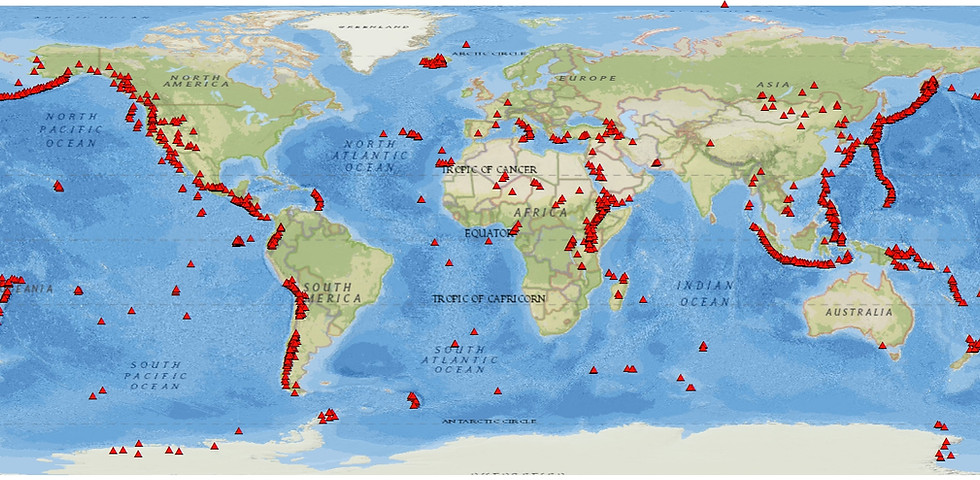
Map of the World's volcanoes, using data from the Volcanoes of the World database 4.7.7. This is the most up-to-date list of the world's volcanoes, with 1,432 volcanoes. The position of the volcanoes gives a good idea of the distribution of the tectonic plates, with clear plate boundaries defined by the groupings of volcanoes.
Click through the links below to learn more about volcanoes.
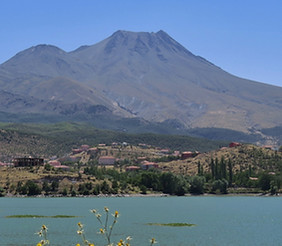 |
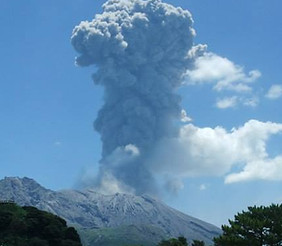 |
| VOLCANO TYPES | ERUPTIONS |
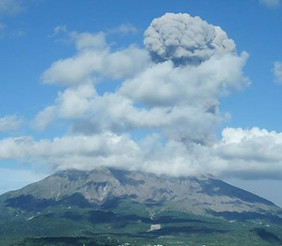 |
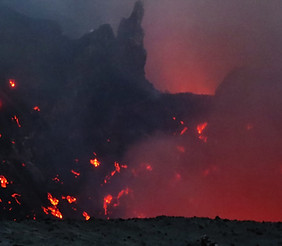 |
| ERUPTION SIZE | HAZARDS |

